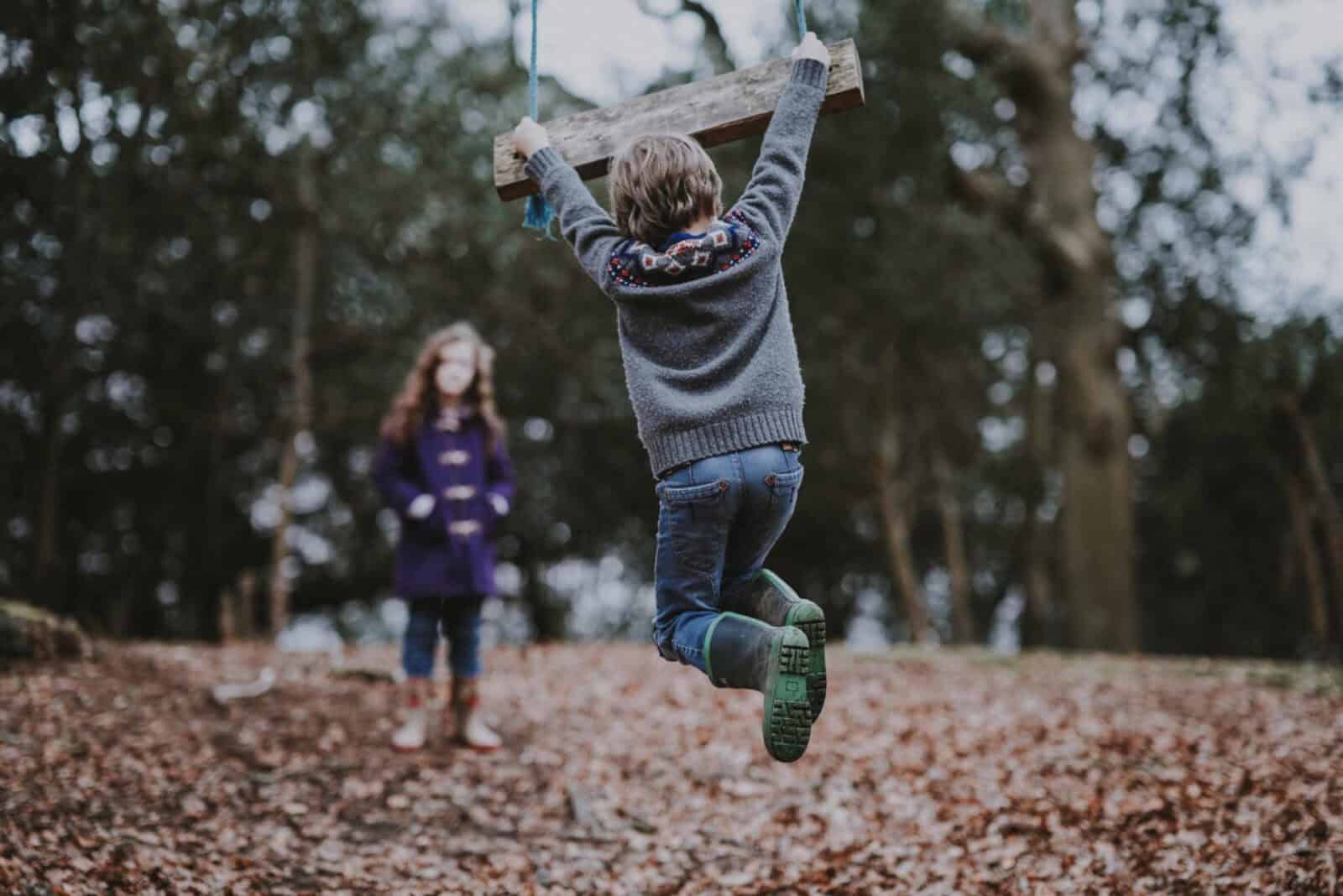
Exposure to natural green environments can promote children’s mental well being
More and more parents, practitioners, teachers, and researchers are interested in how nature can be beneficial for children as place to learn,play, socially interact, and become connected. A growing body of research published in the last decade shows promising results that regular classes in natural green environments (e.g. EOtC – Education Outside the Classroom) can promote students’ physical activity, learning motivation, academic achievements, and social competencies. Many studies focusing on associations between human health and the density of green spaces close to living environments showed the positive effects of exposure to nature.
A recently published study in Frontiers in Public Health titled “Children’s Cortisol and Cell-Free DNA Trajectories in Relation to Sedentary Behavior and Physical Activity in School: A Pilot Study” focused on the complex relationship between students’ physical activity and their cortisol levels, as well as cell-free DNA–two physiological stress biomarkers–response during indoor and outdoor classes. The participating students (n = 37) experienced EOtC in a nearby forest one day every week during fifth grade. The pedagogical concept enables student-centered, hands-on, and experimental learning situations. The nature classroom also promotes opportunities for co-operation, problem-solving, and possibly more freedom for students’ to be physically active on free choice and to explore the environment. A positive association was found for high levels of light physical activity–e.g. when students walk around in the forest to collect leaves or prepare experiments–and a steady cortisol decrease in the intervention group. While experiencing the same level of light physical activity, no association between light physical activity and cortisol levels was found for the control group in the indoor setting. The codependency between sedentary behavior, light physical activity and moderate-to-vigorous physical activity was taken into account in the statistical analysis. Findings suggest the combination of nature and physical activity during EOtC is beneficial for students’ health.
In a population-based analysis, researchers from Denmark found interesting associations between the presence of green space during childhood and children’s risk of developing psychological disorders. The study “Residential green space in childhood is associated with lower risk of psychiatric disorders from adolescence into adulthood” by Engemann et al., compared a satellite-based vegetation index on an individual level with longitudinal data on mental health variables, the residential area, and the socioeconomic status of over 900,000 Danish inhabitants. The main findings demonstrate that children with the lowest level of green space close to their residential area had an up to 55 % relative higher risk of developing various mental disorders (e.g. schizophrenia, depressive disorders or substance abuse). Accumulated green space presence appears to have strong positive associations. Further studies incorporating the active exposure to and the use of natural environments will shed more light on how accessible nature close to our residence can be beneficial in promoting health and well-being.

